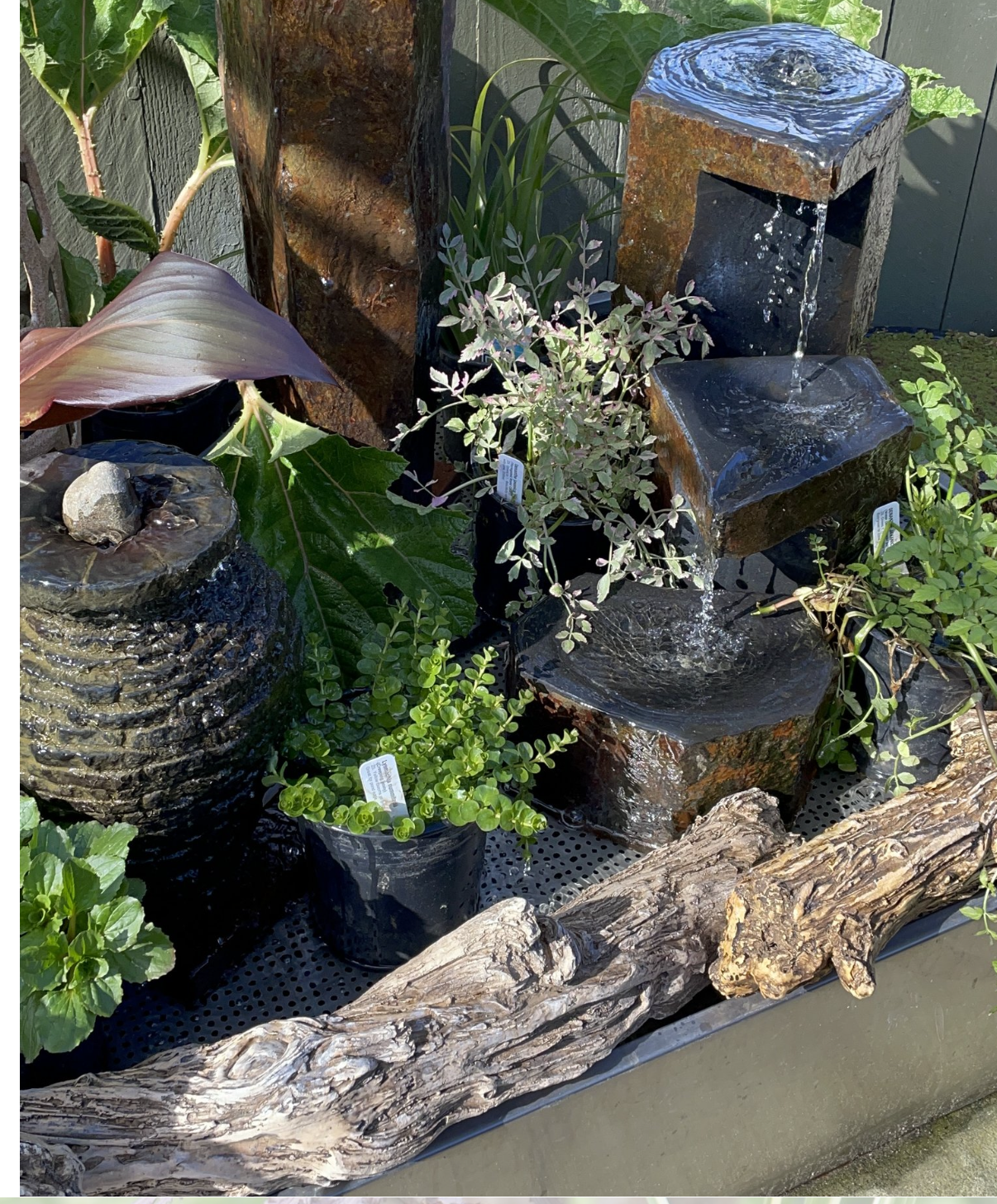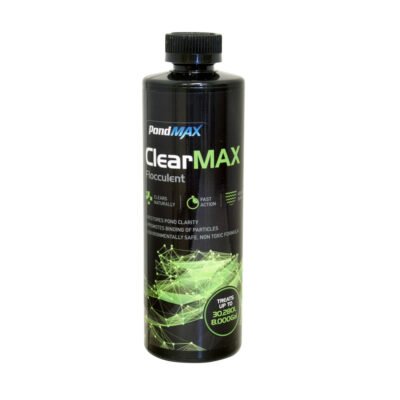
-
One of the best ways to take advantage of your outdoor space is to install and cultivate a pond. The gentle sound of wind whistling along the surface, the burbling brook you installed in the corner, watching the bright flash of fish as they flit past. Nothing is more relaxing and beneficial for your mental health.
Nothing is more aggravating than giving up every weekend to take care of what should have been a relaxing hobby that somehow turned into another chore on your to-do list. While you might be reading this and re-thinking creating a pond, the good news is that there are cheap, easy ways to make your pond low maintenance so you can focus on enjoying it.
-
The negativity we refer to here is specifically contaminants. Being outside, your pond will be exposed to all manner of dirty things, including bacteria, sticks, leaves, and whatever else the wind blows in.
You take the unhealthy things out of your water by incorporating a biological filter that removes harmful bacteria and provides good bacteria with a place to grow. A mechanical skimmer is another must-have for removing surface debris like those pesky leaves and twigs. It even does the work for you, ensuring you have a clear view when you look out at your pond. Set these two components across from each other to maximize their cleaning potential.
-
Water is at its healthiest when flowing and coursing through the land, leading to our country’s obsession with spring-fed bottled water. Before buying a pump, ensure it’s the right size for your pond and waterfall. It should circle through all the water in your pond once an hour. This aerates the water, keeping it healthy and ensuring an excellent place to live for your finned friends.
-
The whole point of this pond in the first place is to enjoy nature within the confines of your comfortable house, so bring the best, most practical aspects of nature into your pond. You can encourage beneficial bacteria to grow and help further your pond’s ecosystem with little assistance by including rocks, gravel, and as many natural elements as possible.
-
Not only do you get a new pet, but fish are an essential part of any ecosystem. They eat algae and then use it to “create” fertilizer for your plants, doing a lot of your work for you. Don’t overdo it, though. Too many fish and not enough water will make for a bad day.
If you like math, the rule of thumb is 10″ of fish for 100 gallons of water. (So, if you have 300 gallons, add up the lengths of all your little fishes, and it should be no longer than 300″). Incorporating algae-eating fish also helps take a lot of your work from your to-do list, letting your fish feed off your chores.
-
Remember when we talked about filters? Well, plants play a role in filtration, and they look good doing it. They help keep algae away from your pond by absorbing fish waste. During hot months, try to cover 40% of your pond’s surface with water lilies, mosaic plants, or other floating plants.
CREATE A LOW MAINTENANCE POND
Flocculants -
Flocculants -
Clarifying agents are used to remove suspended solids from liquids by inducing flocculation, causing the solids to form larger aggregates that can be easily removed after they either float to the surface or sink to the bottom of the containment vessel


